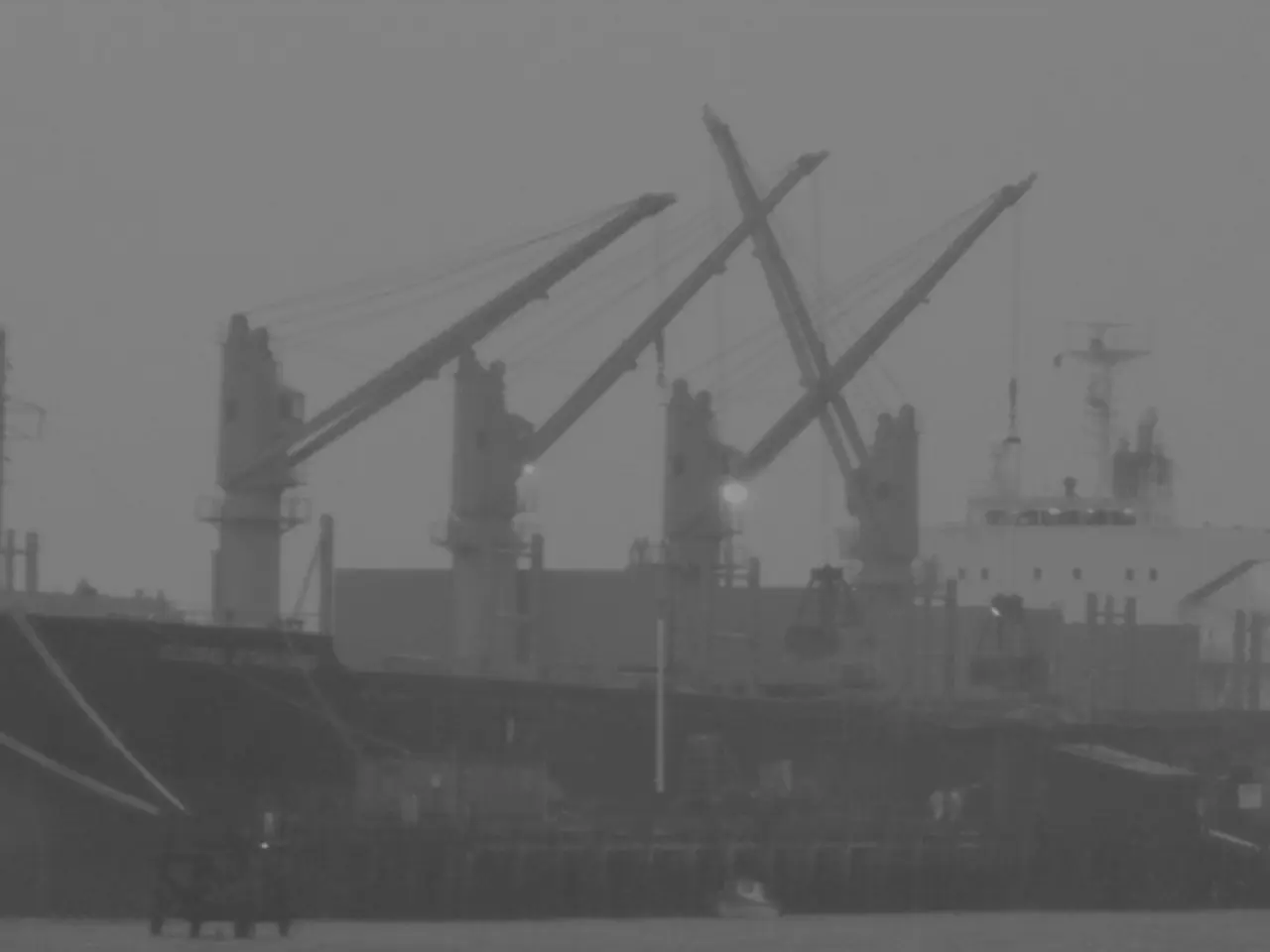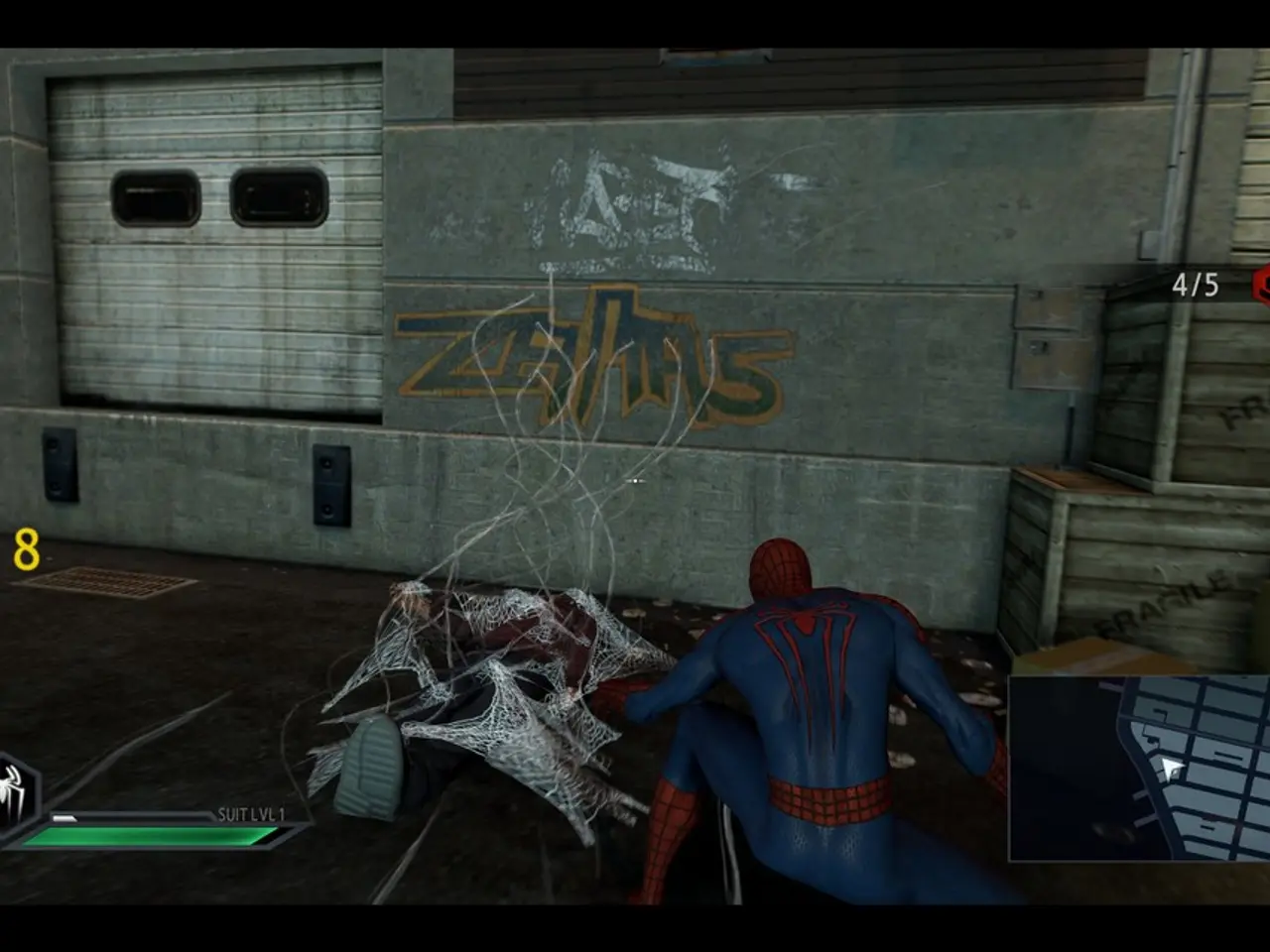"The Second Installment of 'Liberation Day': Anticipated Changes and Those Predominantly Impacted"
Trump Reinstates and Modifies Country-Specific Tariffs
Former President Donald Trump has officially reinstated and modified country-specific tariffs that were initially announced in April 2025. The tariffs, aimed at addressing persistent US trade deficits and encouraging more reciprocal trade, vary by country and range from about 10% to over 40%.
The tariffs, which were set to come into force after a series of pauses and delays, will take effect on August 7, 2025. In a move to maximize leverage, the pause was extended to early August.
Japan and South Korea face 25% tariffs, while Malaysia, Bosnia and Herzegovina, Serbia, and others face tariffs around 25-35%. Laos and Myanmar face among the highest rates, around 40%. Some countries saw lower tariff rates than initially announced in April, while others face increased rates.
The US and China reached an agreement on May 12 to reduce the tariff rates. The US levy on Chinese goods is now 30%, and the Chinese levy on American goods is 10%. Goods already in transit before the tariffs' enforcement date will not immediately face duties if entered by October 5. However, transshipment to evade tariffs will be penalized with up to 40% duties plus fees.
Notable changes include the tariff on goods from Mexico, which will be taxed at 25% for goods, 50% for semi-finished copper products, and 50% for autos. The US-Mexico-Canada Agreement (USMCA), signed by Trump in his first mandate, has kept nearly 90% of Canadian goods imported into the US exempted from tariffs.
The UK secured a trade framework on June 16, keeping the 10% baseline in place. Vietnam reached a deal on July 2, facing a 20% tariff, excluding goods that travel through Vietnam from third countries and are destined for the US. Thailand and Cambodia received a 19% duty, a reduction from their original rates of 36% and 49% respectively.
Trump also announced a 50% tariff on Brazil on July 16, citing Brazil's policies and criminal prosecution of former President Jair Bolsonaro as an economic emergency. The EU reached an agreement with Trump on July 27, lowering the rate to 15%. An agreement was also reached with Pakistan, lowering the tariff rates to 19%, in exchange for the US developing Pakistan's oil reserves.
Trump also threatened India with a 25% tariff and an unspecified penalty for importing Russian oil and weapons despite US sanctions on July 30. The tariffs announced on "Liberation Day" in April, targeted nearly every corner of the globe.
Sources: - White House Fact Sheet, July 7, 2025 [1] - Council on Foreign Relations analysis, July 7, 2025 [2] - Supply Chain Dive, July 31, 2025 [3]
In light of the reinstated and modified tariffs, the US political landscape may influence general-news discussions, as countries like Brazil, India, and some Asian nations face increased tariffs on certain goods. Simultaneously, the sports world could be impacted by the 25% tariff on semi-finished copper products, a crucial component in manufacturing sports equipment.








